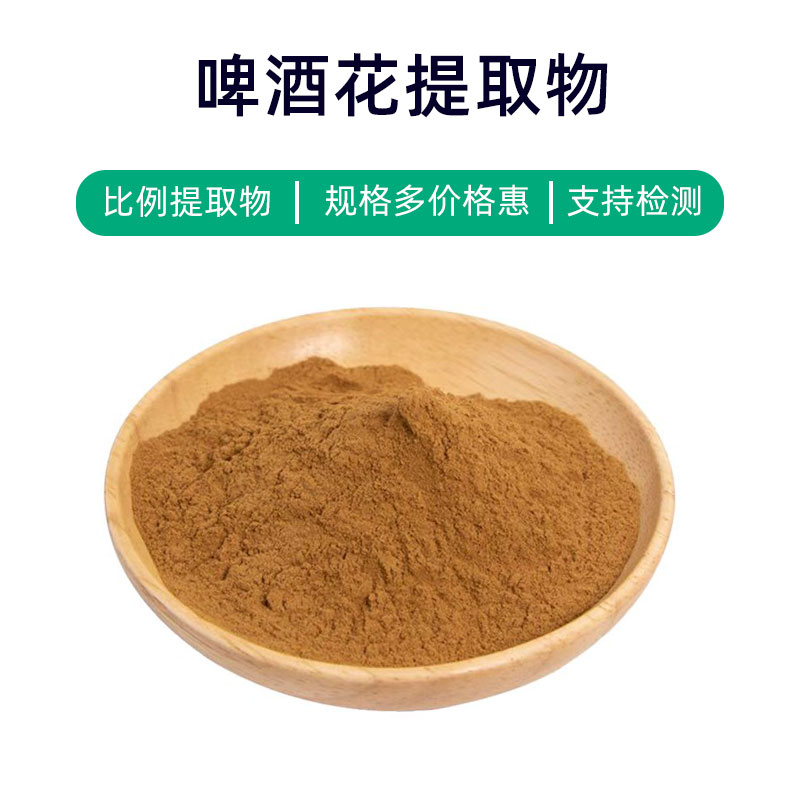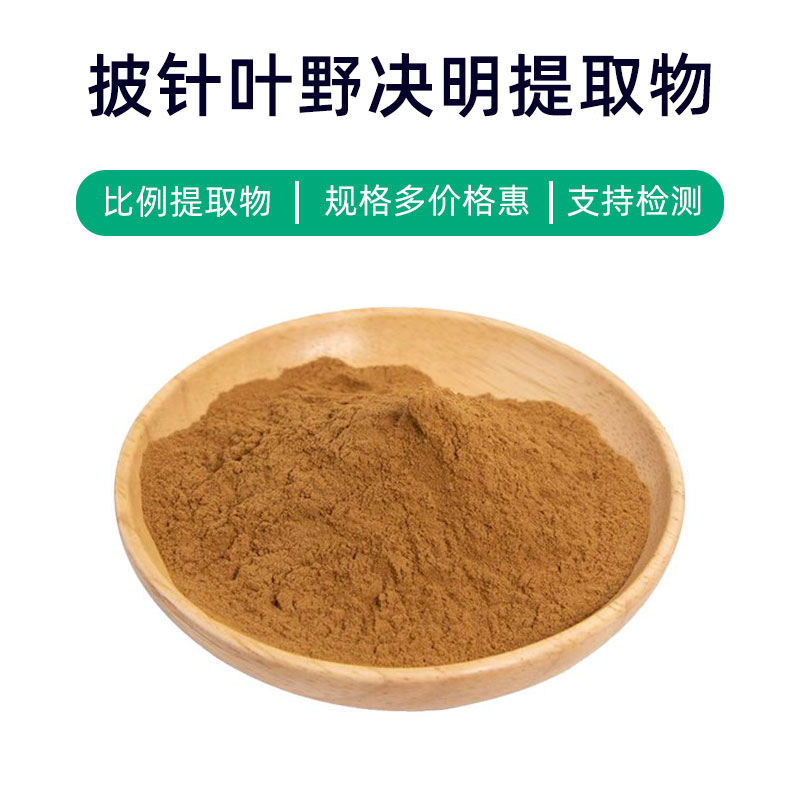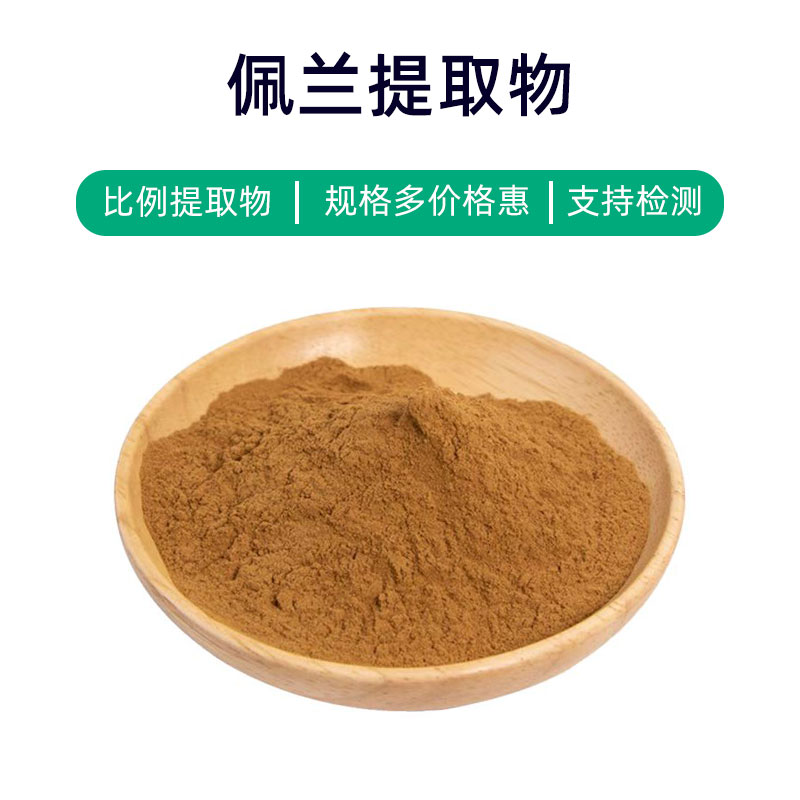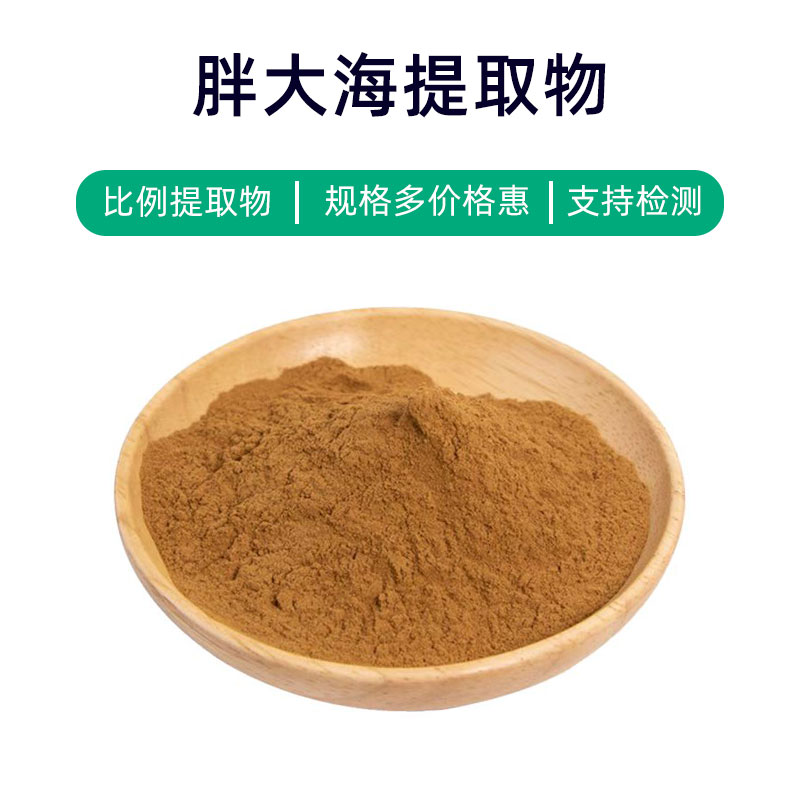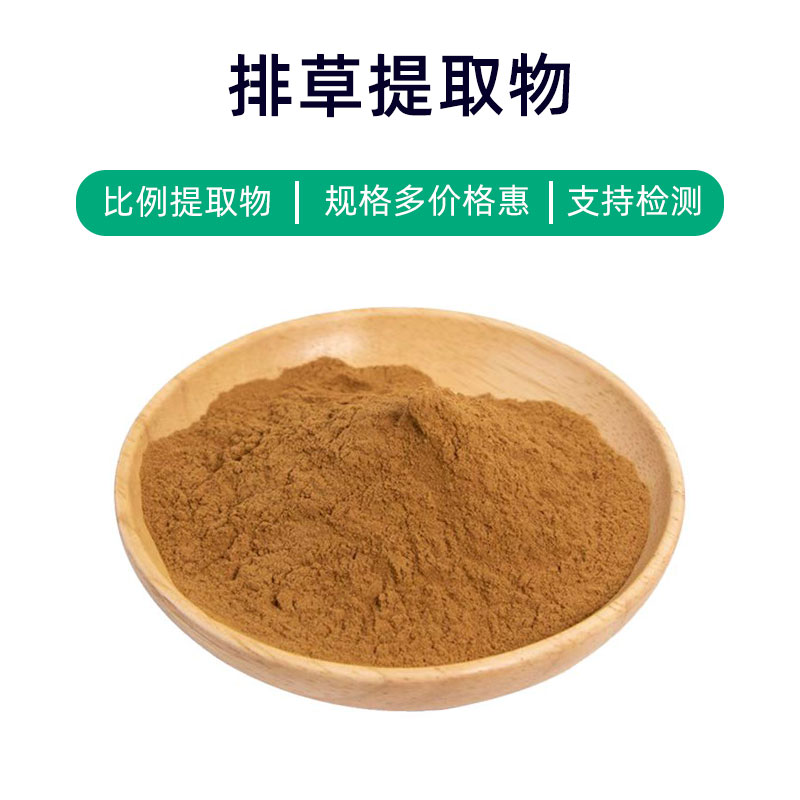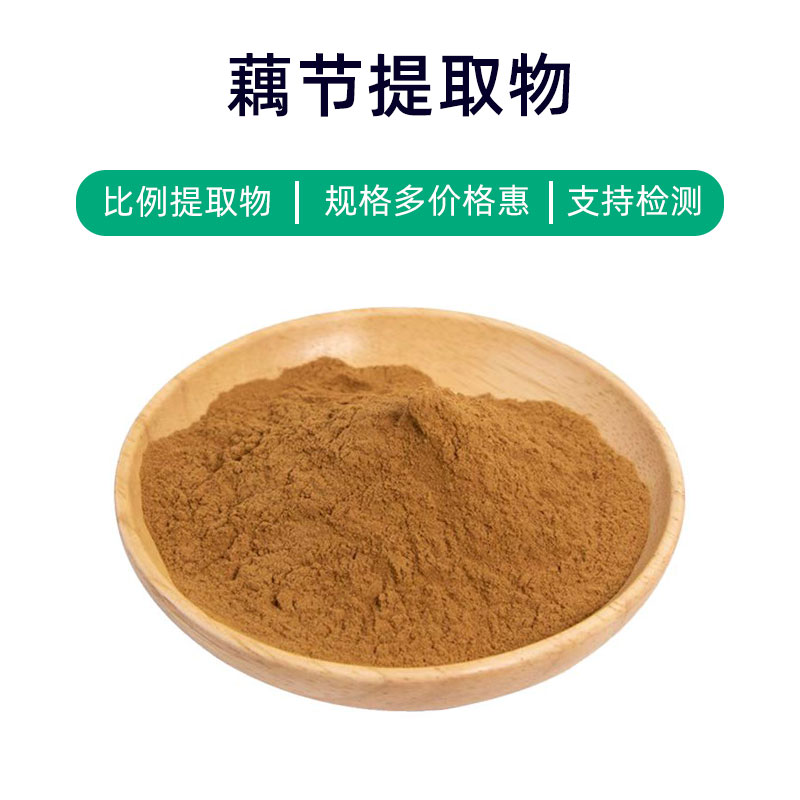Blue Lotus Extract Product Introduction
Blue lotus extract is a natural plant extract derived from the flowers and leaves of the blue lotus (Nymphaea caerulea). Its main components include alkaloids, flavonoids, and phenolic compounds. It is widely used in pharmaceuticals, health supplements, and cosmetics for its various benefits and applications. Firstly, blue lotus extract is believed to have calming and relaxing effects, helping to relieve anxiety and tension, promoting relaxation. Secondly, it serves as an antioxidant, protecting the skin from free radical damage and slowing down aging. Additionally, blue lotus extract is used to improve sleep quality, aiding in sleep onset and enhancing overall sleep quality, making it a common ingredient in sleep aid products. In the pharmaceutical field, it is also used in some traditional herbal formulations to provide calming and sleep-inducing effects. Overall, blue lotus extract holds significant application value across multiple fields, offering effective support for health and beauty.
Blue Lotus Extract Production Process
The production process of blue lotus extract typically includes the following steps:
- Raw Material Preparation: Fresh blue lotus flowers and leaves are prepared as extraction materials. These should come from high-quality, pesticide-free farms or wild environments.
- Washing and Processing: The harvested flowers and leaves are washed to remove impurities. Preliminary processing, such as chopping or slicing, is then performed to enhance extraction efficiency.
- Extraction Process: The cleaned and processed flowers and leaves are placed in an extraction device, typically using water or solvent extraction methods. Water extraction is commonly used to retain natural active ingredients, while solvent extraction can more efficiently extract effective components.
- Concentration and Filtration: The extraction liquid is concentrated to remove solvents or water, resulting in a more concentrated blue lotus extract. Generally, clarification and filtration are required to remove suspended particles and impurities.
- Drying and Grinding: The concentrated extract is dried to reduce moisture content and enhance stability. Once dried, the extract is ground into a powder for subsequent packaging and use.
- Quality Control: The blue lotus extract undergoes quality testing and analysis to ensure it meets relevant standards and regulations, including active ingredient content and microbiological testing.
- Packaging and Storage: Finally, the blue lotus extract is packaged in suitable containers and stored in a dry, cool, and ventilated environment to maintain its quality and stability.
These production steps lead to high-quality, safe, and effective blue lotus extract suitable for use in pharmaceuticals, health products, and cosmetics.
Blue Lotus Extract Effects and Side Effects
Blue lotus extract is a natural plant extract with numerous benefits, including:
- Antioxidant Properties: Rich in natural antioxidants like anthocyanins and polyphenols, it helps neutralize free radicals and slow oxidation, protecting cells from oxidative damage.
- Anti-Inflammatory Effects: Studies indicate that the active components in blue lotus extract possess anti-inflammatory properties, suppressing the release of inflammatory mediators and alleviating inflammation, making it suitable for sensitive or inflamed skin.
- Skin Moisturizing and Repairing: It contains abundant moisturizing factors and nutrients that penetrate deeply into the skin, enhancing moisture retention and promoting skin repair and regeneration.
- Anti-Aging Effects: Active components such as anthocyanins in blue lotus extract help promote collagen synthesis, reducing wrinkles and sagging, thus maintaining youthful and firm skin.
- Soothing and Anti-Allergic: Known for its soothing and anti-allergic properties, it can relieve skin discomfort and itching, making it beneficial for sensitive skin.
- Improves Skin Pigmentation: The active components in blue lotus extract can inhibit melanin production, reducing the appearance of dark spots and improving uneven skin tone.
- Protects Skin Barrier: It enhances the skin's barrier function, creating a protective layer that shields against external irritants and pollutants.
- Enhances Skin Radiance: Active ingredients in blue lotus extract promote blood circulation, enhancing microcirculation in the skin, resulting in a more radiant and translucent complexion.
Despite its many benefits, individual differences and potential allergic reactions should be noted when using blue lotus extract. Skin sensitivity tests are recommended, and contact with eyes and mucous membranes should be avoided. Consultation with a healthcare professional or dermatologist before use is advisable.
Blue Lotus Extract Application Scenarios and Dosage
Blue lotus extract has a wide range of applications in pharmaceuticals, food, and cosmetics, with dosage varying by application scenario.
- Medical Applications:
- Skin Care: Blue lotus extract is commonly found in various skin care products, such as creams, lotions, and masks, known for its soothing, moisturizing, and anti-aging effects. Dosage: Apply an appropriate amount evenly to clean facial or body skin, massaging gently until absorbed.
- Inflammation Relief: The anti-inflammatory properties of blue lotus extract can be used to treat mild inflammation and eczema. Dosage: Dilute the extract and apply directly to the affected area once or twice daily.
- Anti-Aging Treatment: Blue lotus extract containing antioxidants can be integrated into anti-aging products to help reduce wrinkles and improve skin elasticity. Dosage: Follow product instructions, typically used morning and evening, applying gently to the face and neck.
- Food Applications:
- Additive: Blue lotus extract can be used as a natural coloring agent and supplement in beverages, juices, pastries, and more, providing a natural blue color and antioxidant properties. Dosage: Depending on the product formula, typically 0.1% - 0.5%.
- Flavoring: It can also serve as a flavoring agent, adding unique taste and color to food. Dosage: Use according to individual taste and product formulation, generally in moderation.
- Cosmetic Applications:
- Color Cosmetics: Blue lotus extract is commonly included in cosmetics such as eyeshadows and lipsticks, providing rich blue hues and soothing, moisturizing benefits. Dosage: Used according to product instructions, directly applying to the skin.
- Cleansing Products: Cleansing products containing blue lotus extract offer gentle cleansing and care, suitable for all skin types. Dosage: Apply an appropriate amount to hands, lather with water, and gently massage onto the face before rinsing off with clean water.
Overall, the application methods and dosages of blue lotus extract vary across different fields. It is recommended to read product instructions carefully or consult professionals before use to ensure safe application.
Blue Lotus Plant Source, Distribution, and Growth Environment
Blue lotus (scientific name: Nymphaea caerulea), also known as blue water lily or Egyptian lotus, is a water plant with unique appearance and medicinal value.
Plant Description:
Blue lotus belongs to the family Nymphaeaceae and is a perennial aquatic herb. Its stems are long and creeping, with round or heart-shaped leaves and blue or pale blue flowers that typically have many petals resembling lotus flowers. The flowers grow above the water's surface, usually opening in the morning and closing in the evening.
Distribution:
Native to East and Central Africa, blue lotus is mainly found in countries such as Egypt, Sudan, Uganda, and the Congo. It usually thrives in freshwater lakes, ponds, rivers, and swamps in warm tropical and subtropical regions.
Growth Environment:
- Water Quality Requirements: Blue lotus prefers to grow in clear, clean waters, requiring pollution-free conditions with neutral pH levels.
- Light Conditions: Ample sunlight is ideal, as it supports healthy growth and flowering.
- Water Temperature and Climate: This plant adapts well to varying water temperatures and climates, favoring warm environments but is sensitive to cold and frost, with robust growth occurring in warmer seasons.
- Water Depth Requirements: Blue lotus typically thrives in shallow waters, generally at depths of 20-50 centimeters.
Overall, blue lotus is a highly adaptable aquatic plant that grows vigorously in suitable water quality, light, and temperature conditions, showcasing breathtaking blue flowers on the water's surface.
Processing and Storage of Blue Lotus Extract
The processing of blue lotus extract typically includes the following steps: First, fresh blue lotus flowers and leaves are harvested, followed by washing and processing. Next, they undergo drying treatment or solvent extraction to yield blue lotus extract. During storage, the extract should be kept in a dry, cool place, away from direct sunlight and high temperatures, and sealed to prevent moisture and dust intrusion, extending its shelf life and maintaining the stability of its active components.
Monica Sun is a seasoned expert in the plant extraction industry with over a decade of experience in research and production. She specializes in the extraction and purification of plant active ingredients, focusing on driving innovation in natural product applications. Monica has participated in the development of multiple functional plant extracts, delivering high-value natural raw material solutions for the health food, pharmaceutical, and dietary supplement sectors.









